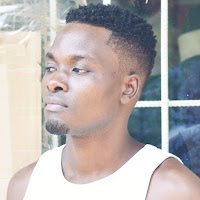 |
Kunama is one of the earliest ethnic groups in Eritrea. Kunama people live in farming suitable areas for both crops and animals farming. They are classified in four clans named Shuwa, Serma, Gurma and Karawa. They speak Kunama, the language that mainly spoken among the Nilo-Saharan people.
Each clan among the four, uses its own symbols for
identification. The Gurma are identified by the trunk of an elephant, the Serma
by the horn of a bull, the Shuwa by a hoopoe and the Karwa by the moon. Every member
of these clans hangs the symbol of their identification on the doors and walls
of their hut.
More like the rest of African ethnic groups, Kunama people
have distinctive cultural way of conducting themselves. Their communities are
matrilineal which means that women have more authority than men. Women of
Kunama make key decisions on both family and community level.
Teenager boys of Kunama are usually classified by the
haircuts. Their haircuts reveal whether
the young man has already been initiated or not. Those who have already gone
through the initiation rites braid their
long hair while those who are not at the right age to go through initiation
rites shave on two sides of their head.
Another distinctive way of life among Kunama people is how
they bid farewell to the dead. They adorn dead bodies with gems after washing
them. If an old person passes on, they get escorted by people singing somber
songs. If the spouse dies, the widow or widower mourns at home but does not allowed to attend the funeral
ceremony.






